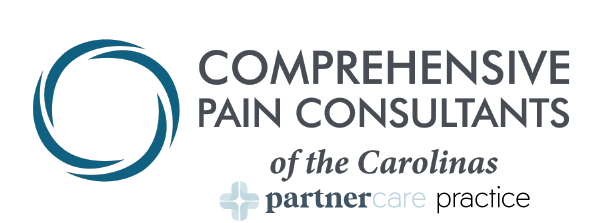Tips for Managing Myofascial Pain
This month the pain specialists at your favorite Asheville pain relief center – Comprehensive Pain Consultants of the Carolinas – are sharing information about different conditions that we treat at our clinics. Today’s focus will be on a chronic pain condition known as Myofascial Pain Syndrome. Read on to learn about causes, symptoms and treatments of this complex and painful muscle disease.
What is Myofascial Pain Syndrome?
The word myofascial (pronounced “mai·ow·fa·shee·uhl”) refers a combination of muscles and fascia. Fascia is the medical term for the connective tissue that is wrapped around each muscle. Its role is primarily supporting safe and stable movement in your body.
In myofascial pain syndrome, a patient has local or referred pain that originates from a specific muscle group. There can also be muscle tenderness and knots (called Trigger Points) present. It can be caused by several things, primarily:
Overuse/repetitive use
Injury
Lack of use
If any of this matches symptoms or events you’ve experienced, be sure to reach out to a qualified chronic pain specialist to inquire about a professional diagnosis. An accurate diagnosis is essential to creating an effective treatment plan.
Professional Treatments
Once you have been officially diagnosed with myofascial pain syndrome, there are several different treatments a comprehensive pain management specialist may recommend. Some of the more popular treatments include:
Pain medication (NSAID’s, muscle relaxants, antidepressants)
Soft tissue injections/Trigger Point injections
Physical therapy
Acupuncture
Ultrasound
If you don’t currently have a chronic pain specialist that you’re working with, we would love to work with you at any one of our 10 convenient Asheville area locations. Our team will work with you to identify and implement a custom treatment plan specifically targeting your symptoms.
DIY at Home Therapies
There are also many things someone with myofascial pain syndrome can do from home to help relieve the pain and tension associated with this condition. Be sure to consult a member of your care team before beginning any new routine to ensure it’s a good fit. We recommend the following as excellent places to start:
Massage Therapy (especially with a massage therapist who is certified in myofascial release and/or trigger point therapy)
Stretching
Practicing good posture
Heat therapy
In addition to these suggestions, we highly recommend you begin keeping a pain journal. It will help you keep track of your triggers, patterns and activities that you may not realize are helping or hurting you.
Resources
Finally, we’d be remiss to not offer you a few extra places to get more tips and tricks on managing your myofascial pain. Check out these three options for local and national support!
Massage: Read up on recommended Asheville area massage therapy locations with a variety of specialties.
Support Community: Join a social media group where you can find resources and comradery with those who understand the challenges surrounding myofascial pain syndrome (and fibromyalgia).
Posture Trainer: Try out some posture training technology.
Talk with a member of your care team for more recommendations specific to your unique condition and symptoms. You might be surprised by how many resources exist for any given challenge you are experiencing.
Comprehensive Pain Management
Discover relief from pain with our suite of pain management treatments in Asheville!
Finding the most effective comprehensive pain management protocol and treatment is tricky; our dedicated medical team is comprised of experts in a wide range of non-surgical and interventional treatments, such as physical therapy, prescription pain medications, epidural steroid injections, joint & soft tissue injections, spinal cord stimulator implants, kyphoplasty, and others. Don’t wait – call today to make your first appointment!

